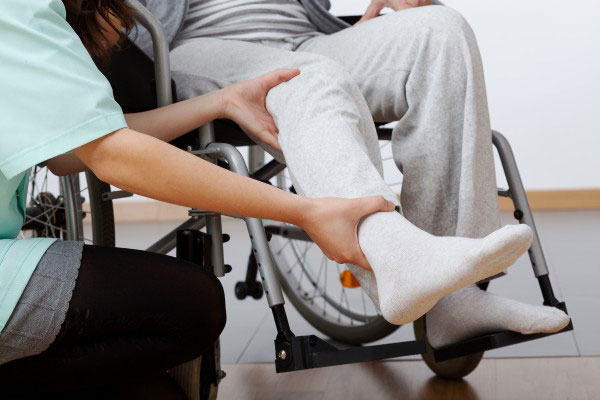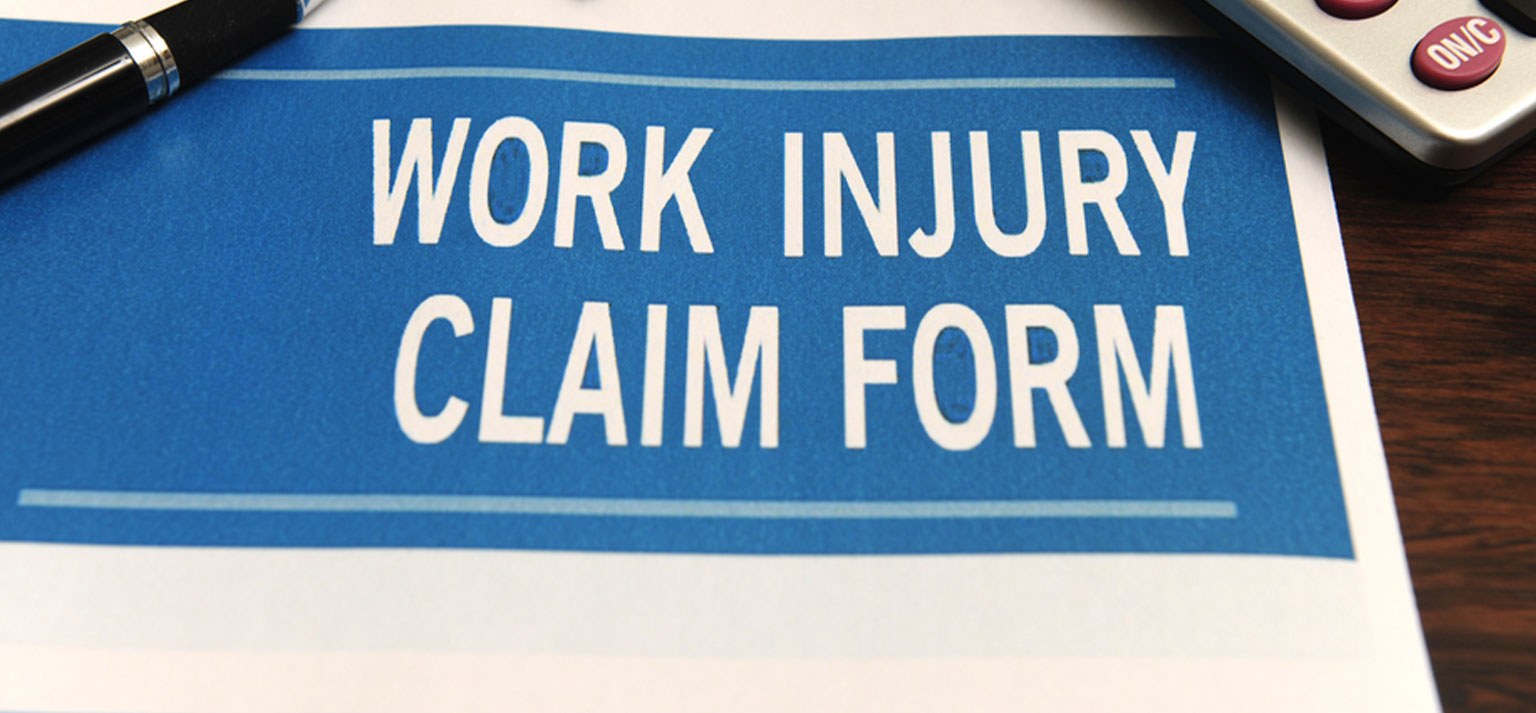According to the Irish injuries Board the number of Personal injuries claims is increasing every year. The cost of claims has risen by 250% from €115 million in 2006 to just over €281 million in 2014.
The Injuries Board has reported that there were 17,132 new claims made in the first six months of 2015 which is a 7% increase on the year previous. Workplace claims are up 8.5% with the Employer’s Liability category the highest at an average cost of €32,134 per case. This reflects that workplace accidents often pose much greater risk of serious injury.
The increase in claims has largely been attributed to the economic recovery with the unemployment rate falling below 10% in early 2015. This growing number of people in employment has resulted in the rate of injury increasing and suggests that current health and safety practices and training are not sufficient to deal with these numbers.
Claims can rise dramatically depending on the severity of the injury. 56 people died in 2014 in workplace accidents in Ireland placing it above the European average. While recruitment is a positive step for the Irish economy there is an obvious need to invest in the health safety and welfare of workers.
NIOSH and OSHA recently issued a safety alert which identifies workers who manually gauge or sample fluids on production and flowback tanks as at greater risk of injury or death. The risks identified are as a result of the possible exposure to hydrocarbon gases and vapors, oxygen-deficient atmospheres, and an increased risk of explosions and/or fire.
There were a total of nine fatalities recorded by NIOSH and OSHA from 2010-2014 in the oil and gas industry relating to these specific tasks. All nine fatalities were described as ‘preventable’ and that in fact ‘every incident is preventable.’ The incidents mentioned all involved employees either working alone or unobserved by a supervisor or even co-worker.

This is where you can help to minimise or prevent accidents altogether in your workplace. Implement a culture of health and safety within your company enabling staff members to discuss their concerns while encouraging them to come up with solutions and suggestions for better safety practices. You can elect a safety coordinator to aid in representing these concerns and enforcing safety standards. And an up-to-date safety statement is key to ensuring safety compliance.
Safety inspections are important but above all else is the importance of training. If each member of staff has been effectively trained in basic health and safety codes and procedures the risk of accident is significantly decreased. Team this with a clear set of enforcement guidelines and you can all but eliminate potential workplace injury and fatalities in your business.
The regulations and potential hazards at work are constantly updated. Staying aware of new PPE protocols or advances in safety procedures can help to ensure the safety of you and your staff.
To find out more about how you can implement better health and safety practices or to avail of any of our health and safety training courses feel free to contact us.
